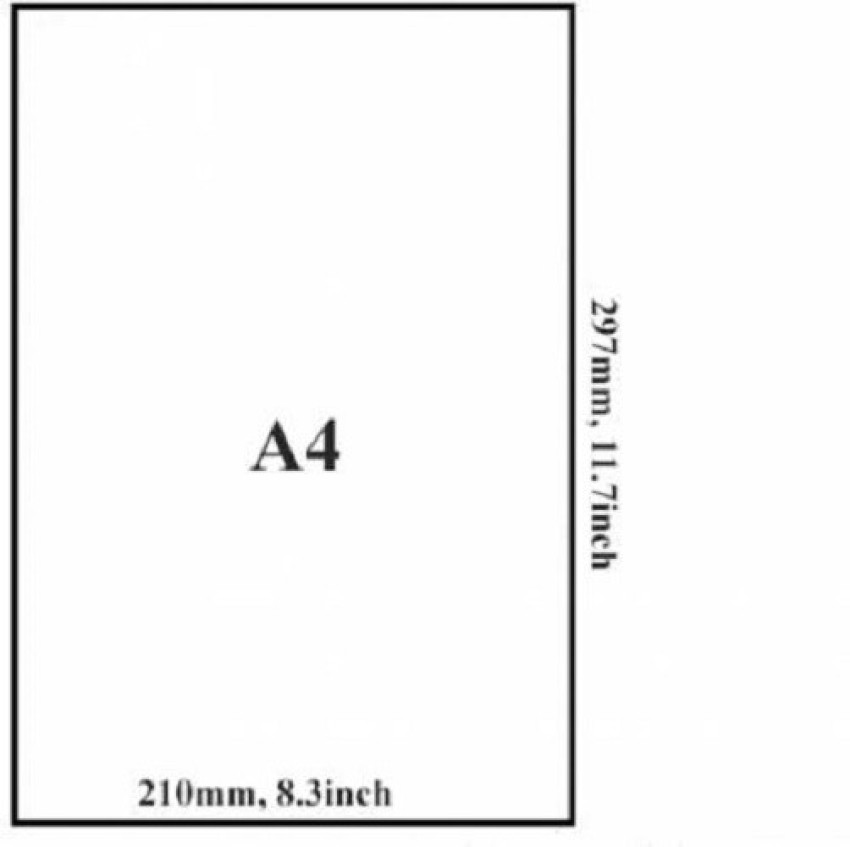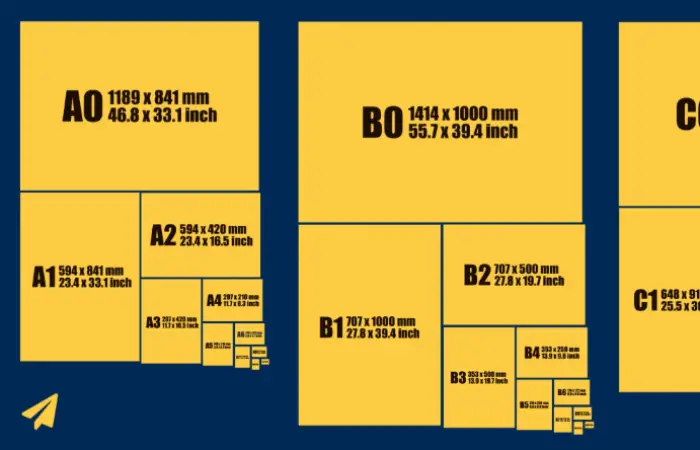a4 paper size is a widely used standard size for printing and other office purposes. Understanding its dimensions in centimeters can be helpful when working on projects that require precise measurements. In this article, we will delve into the specifics of A4 paper size and how to convert it into centimeters.
Understanding A4 Paper Dimensions

A4 paper size is defined as having a width of 21 centimeters and a height of 29.7 centimeters. This makes it slightly larger than the US letter size paper, which has a width of 8.5 inches and a height of 11 inches. The a4 size is part of the ISO 216 standard, ensuring consistency in paper sizes across various countries.
To convert A4 size to centimeters, you can simply multiply the width and height by 2.54. For example, to convert the width of an A4 paper to centimeters, you would multiply 21 centimeters by 2.54 to get 53.34 centimeters. Similarly, multiplying the height (29.7 cm) by 2.54 gives you 75.4 centimeters.
A4 Size in Centimeters:
| Dimension | Measurement in Centimeters |
|---|---|
| Width | 21 cm |
| Height | 29.7 cm |
Calculating A4 Paper Area

The area of an A4 paper can be calculated by multiplying its width and height. Using the dimensions in centimeters, the calculation would be as follows:
[ \text^2 ]
Therefore, the total area of an A4 paper is 625.77 square centimeters.
A4 Paper Area Calculation:
- Width: 21 cm
- Height: 29.7 cm
- Area: 625.77 cm²
A4 Paper vs. Other Standard Sizes

While A4 paper is the most commonly used size in the A-series, there are other standard sizes available as well. Here is a comparison of A4 paper size with some other standard paper sizes:
Comparison of Paper Sizes:
| Paper Size | Width (cm) | Height (cm) |
|---|---|---|
| A3 | 29.7 | 42 |
| A4 | 21 | 29.7 |
| A5 | 14.8 | 21 |
| A6 | 10.5 | 14.8 |
A4 paper falls between the larger A3 size and the smaller A5 and A6 sizes, making it a versatile option for various printing and document needs.
Optimizing A4 Paper for Printing
When printing documents on A4 paper, it’s essential to consider the layout and formatting to make efficient use of the space. Here are some tips for optimizing A4 paper for printing:
- Margins: Set appropriate margins to ensure that content is not too close to the edges of the paper.
- Font Size: Use a font size that is readable but also allows you to fit more content on a single page.
- Layout: Consider using columns or tables to organize information effectively on the page.
By optimizing your document layout for A4 paper, you can create professional-looking prints that are easy to read and visually appealing.
Tips for Printing on A4 Paper:
- Set appropriate margins
- Use a readable font size
- Organize content with columns or tables
A4 Paper in Different Industries
A4 paper finds extensive use in various industries due to its standard size and compatibility with printers and copiers. Here’s how A4 paper is utilized in different sectors:
Education:
- Printing worksheets, handouts, and assignments
- Creating study guides and educational materials
Business:
- Printing reports, presentations, and business correspondence
- Making brochures, flyers, and promotional materials
Healthcare:
- Printing patient forms, medical reports, and prescriptions
- Documenting patient information and treatment plans
Design & Creativity:
- Sketching, drawing, and drafting design concepts
- Printing artwork, illustrations, and graphic designs
A4 paper’s versatility and widespread availability make it a go-to choice for everyday documentation and creative projects across diverse industries.
A4 Paper and Environmental Considerations
As A4 paper is extensively used worldwide, there is a growing emphasis on sustainability and eco-friendly practices in paper production. Here are some environmental considerations related to A4 paper usage:
- Recycling: Opt for recycled A4 paper to reduce the demand for new paper production.
- Digital Alternatives: Embrace digital documentation to minimize paper usage and waste.
- Sustainable Sourcing: Choose A4 paper from suppliers committed to sustainable forestry practices.
By being mindful of the environmental impact of paper consumption, individuals and businesses can contribute to conservation efforts and reduce their carbon footprint.
Environmental Tips for A4 Paper Usage:
- Use recycled A4 paper
- Explore digital documentation options
- Support suppliers with sustainable sourcing practices
History of A4 Paper
The concept of standard paper sizes, including A4, dates back to the early 20th century. The International Organization for Standardization (ISO) established the ISO 216 standard in 1975, which formalized the A-series paper sizes based on the German DIN 476 standard.
The goal of introducing standardized paper sizes was to promote efficiency and interoperability in printing and document handling across different countries. A4 paper emerged as the most widely adopted size within the A-series due to its practical dimensions and ease of use.
Key Events in the History of A4 Paper:
- Introduction of ISO 216 standard in 1975
- Adoption of A-series paper sizes globally
- A4 paper becoming the de facto standard for printing and office use
The history of A4 paper reflects the evolution of international standards and the importance of uniformity in paper sizes for seamless communication and document exchange.
A4 Paper in Digital Formats
In today’s digital age, A4 paper has made its way into the realm of digital formats through electronic documents and online content. PDF (Portable Document Format) is a common digital format that replicates the appearance of a printed document on an A4-sized virtual page.
By creating digital documents in A4 format, users can ensure consistency in layout and readability across different devices and platforms. A4-sized digital content is suited for sharing, archiving, and printing when needed.
Advantages of A4 Paper in Digital Formats:
- Preserves document layout and formatting
- Ensures compatibility across devices
- Facilitates easy printing of digital documents
The integration of A4 paper into digital formats underscores its enduring relevance in modern communication and document management practices.
A4 Paper for Specific Applications
Beyond general printing and office use, A4 paper serves specific applications that benefit from its standard size and dimensions. Here are some specialized uses of A4 paper:
- Art Portfolios: Artists use A4 paper to showcase their sketches, drawings, and paintings in a compact portfolio format.
- Technical Drawings: Engineers and architects create detailed technical drawings and blueprints on A4 paper for project documentation.
- Travel Journals: Travelers maintain A4-sized journals to record their adventures, memories, and travel itineraries during trips.
By customizing A4 paper for niche applications, individuals can leverage its convenience and adaptability to suit their unique preferences and creative pursuits.
Specialized Applications of A4 Paper:
- Art Portfolios
- Technical Drawings
- Travel Journals
Conclusion
In conclusion, A4 paper size plays a pivotal role in everyday tasks, ranging from printing documents to fostering creativity in various fields. By understanding the dimensions of A4 paper and its conversion to centimeters, individuals can effectively utilize this standard paper size for their diverse needs. Whether in education, business, healthcare, or personal endeavors, A4 paper continues to be a reliable and versatile medium for communication and expression. Embracing the inherent qualities of A4 paper, both in physical and digital formats, underscores its enduring significance in our increasingly interconnected world.